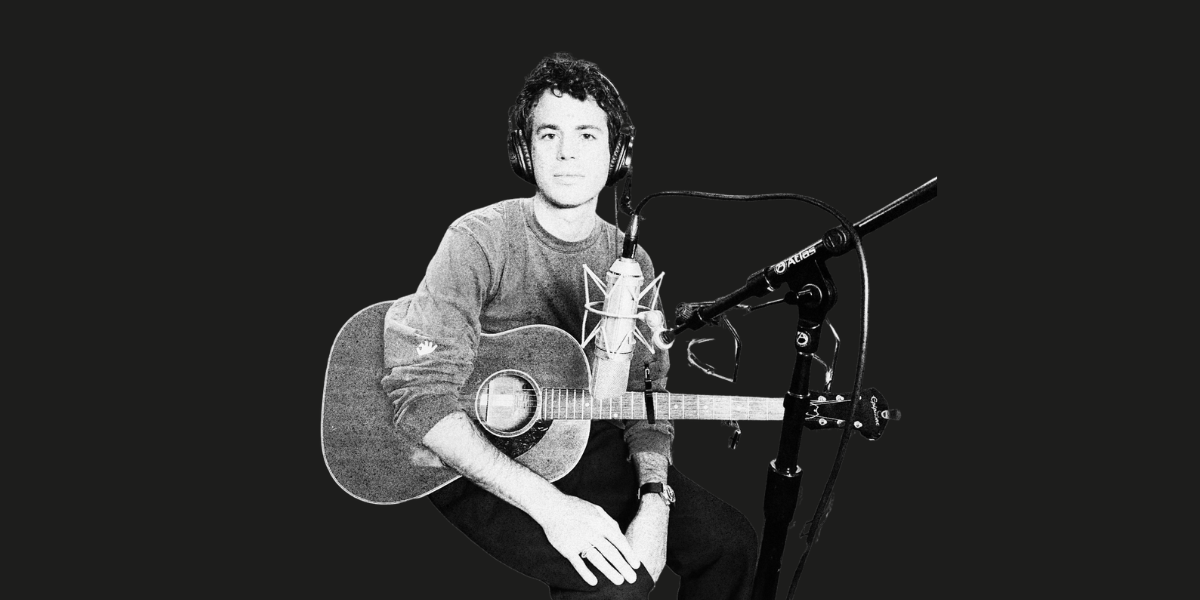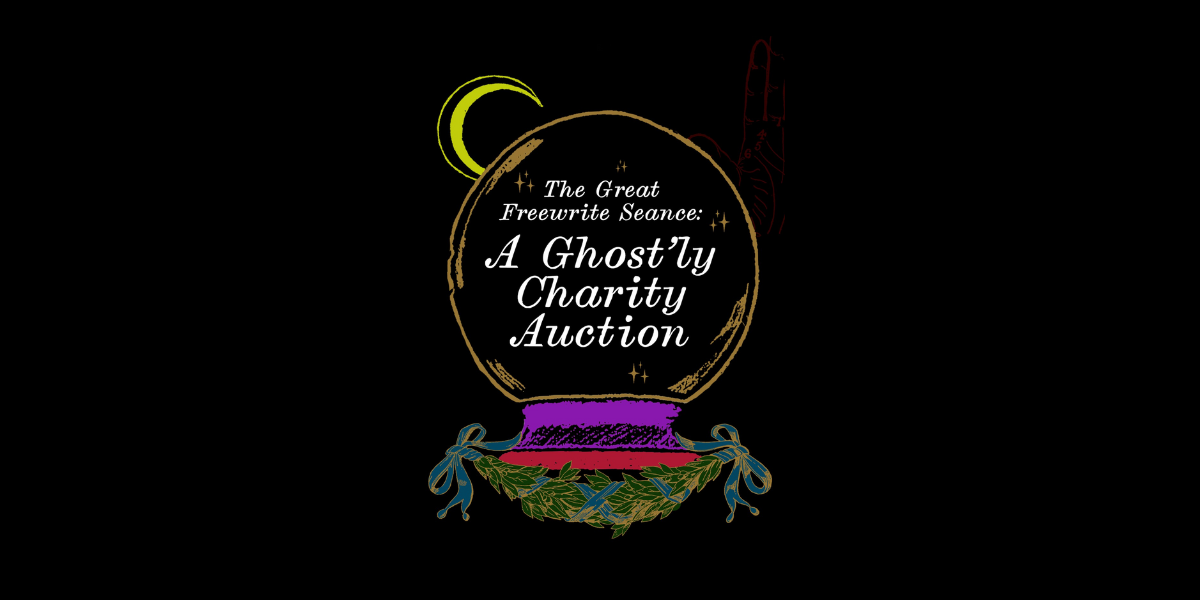Today’s guest post is by Matt Grant. Matt is a Brooklyn-based writer and editor. His work has appeared in Literary Hub, Book Riot, HuffPost, and BookBrowse. Find Matt online, or follow him on Twitter and Facebook.
For many writers, upon hearing the word “theme,” our eyes tend to glaze over and our mouths grow slack-jawed. The word may set off flashbacks to high school English, in which teachers forced us endlessly analyze a story’s theme, images, and motifs when all we wanted to do was enjoy the writing and the characters. “Can’t a story just be a story?” we might have cried out as we did our homework, shaking our fists at the heavens.
Whether we like it or not, the idea of themes in literary compositions is ubiquitous and is certainly not going anywhere. But rather than something to be wary of, developing a strong theme in your work can actually set it above the rest. In her 2000 “Writers on Writing” article in the New York Times, Pulitzer-Prize nominated novelist Diane Johnson says the term “theme” “Seems like a holdover term from high school English class, useful for discussing novels, but not very relevant to the process of writing them. There's something too close to ‘thesis’ about it; the idea of imposing a preconception is anathema to a novelist who likes to imagine she is observing life and manners without any didactic intention and without forcing her characters to follow a plan.”
And yet the best writers embrace themes in their work and throw themselves headlong into crafting one. This is because every writer makes his or her writing about something, intentional or not. That something, the essence of the story, is its theme.
What is the theme of a story?
Don’t let the academic-sounding term throw you off. The “theme” of a story simply refers to its main topic or central idea. This can be as simple as monosyllabic words like “love,” “friendship,” “family,” “revenge,” or “loneliness,” or as complex as “man versus machine,” “coming of age,” “the toxicity of nostalgia,” or “the danger of unchecked ambition.”
“I suppose the major theme of a given work is the sum of all its ideas,” Johnson writes. “That's implicit in those joke contests on the Internet about Merged Novels, in which people compress the essence of two books into one, like ‘The Maltese Faulkner.’ (‘Is the black bird a tortured symbol of Sam's struggles with race and family? Or is it merely a crow, mocking his attempts to understand? Or is it worth a cool mil?’) Or ‘Catch-22 in the Rye.’ (‘Holden learns that if you're insane, you'll probably flunk out of prep school, but if you're flunking out of prep school, you're probably not insane.' But every novel is a ‘spongy tract,’ as E. M. Forster put it, a tissue of ideas so dense and various it would be impossible to tease them all out.”
Luckily, you don’t need to tease all of your ideas out, just the major ones. Whether you like it or not, your story has a theme, because all stories ultimately have one major idea. This is because we as writers are fueled by ideas. “Of course a writer, like anybody, has a set of general ideas: the inhumanity of man to man or that life is a struggle, or that nature is beautiful,” Johnson writes. “Some of the ideas will be received ideas; some may be original or idiosyncratic or even suspect, as was said of Ayn Rand's, for instance, or some of T. S. Eliot's, or Pound's. Taken together, a writer's themes are thought to typify the writer despite him- or herself, except for protean geniuses like Shakespeare, invisible in the dense thicket of their contradictions.”
Whether or not you invest time and energy in developing and thinking about your theme is up to you, but your story will only be improved if you do. The stronger a story’s theme, and the more attune with that theme the writer is, the better the story.
Identifying the theme
Before you even begin work on your novel, you should identify what your story’s theme is. Ask yourself what, underneath all of your plots and subplots, your characters and your descriptions, your story is really about. Is it a story about how love conquers all? Is it about the complicated relationship between mothers and daughters? Good versus evil is a common theme. Is your story about how evil never triumphs and good always wins? Is it about how evil triumphs despite good? Any of these make excellent examples of themes. Of course, your story may have more than one theme. But you should at least identify one “main theme,” or major idea, that your story will focus on.
It may also help to identify the “spine” of the story, or the main narrative thread. The spine is usually just one sentence that summarizes what the story is mostly about. This will help you retain your central idea throughout the work and prevent you from getting sidetracked by subplots, secondary characters, and long passages that don’t relate. For instance, for a book like The Great Gatsby,the spine might be “a wealthy American tycoon in the Jazz Age discovers that money can’t buy happiness,” and the theme might be “The decline of the American dream.” These might sound like oversimplifications. That’s okay. The theme is supposed to be a simple summary of your story’s main point.
Once you have your theme and spine identified, try to find all of the ways your characters and your plot connect to that theme, both implicitly and explicitly. Which scenes relate your theme through your main character’s interactions? How do your description and your settings bolster the theme? Everything that doesn’t, in some way, connect to your theme is worth considering whether it should be included at all.

How to build a theme
The question then becomes how, exactly, do you build a theme into your work? Other than your characterization, the main way is through motifsand symbols. Taken together, these three things are powerful tools when it comes to making sure your theme is easily understood and constantly present in your story. Let’s look at each one in turn.
A motif is a recurring structure, symbol, or literary device that helps develop and inform your theme. The more a motif turns up in a story, the more prominently it will factor into your theme. For instance, taking The Great Gatsbyas an example once again, some of its motifs include geography (the East Coast represents decadence and cynicism, while the West represents more traditional, straightforward “American” values) and the weather (the changing weather patterns reflect the shifting tone and mood of the characters and the story).
A symbol, on the other hand, is an image, a character, an object, or figure that represents something beyond whatever is just on the surface. At the end of the first chapter of Gatsby,the narrator, Nick Carraway, observes Jay Gatsby emerging from his mansion at night. Carraway considers calling out and introducing himself, but thinks better of it: “I didn't call to him, for he gave a sudden intimation that he was content to be alone—he stretched out his arms toward the dark water in a curious way, and, far as I was from him, I could have sworn he was trembling. Involuntarily I glanced seaward—and distinguished nothing except a single green light, minute and far away, that might have been the end of a dock. When I looked once more for Gatsby he had vanished, and I was alone again in the unquiet darkness.”
This green light makes several appearances during the novel, most notably again at the very end: “Gatsby believed in the green light, the orgastic future that year by year recedes before us.” Clearly, the light resembles something more than just a green light. It represents Daisy, who in turn represents Gatsby’s unattainable American dream. Further, green is the color of money and envy, two things that Gatsby struggles with throughout the novel. The light is a symbol, deepening the story’s themes.

So, a series of recurring symbols (rain, light, color, etc.) build into a motif(the weather, geography), and a series of motifs build into a theme (the decline of the American dream).
How themes relate to character
In addition to symbols and motifs, your characters are your biggest avenues for relaying your theme to your readers. Characters can represent different aspects of a theme, or in some cases, represent the theme altogether. We’ve already shown how Daisy represents the American dream to Jay Gatsby. She is a full character herself, the target of his romantic ambitions. But just as their relationship is doomed from the start, Daisy also represents an aspect of American life that will forever remain unattainable to Gatsby.
Characters can also have discussions, thoughts, and behaviors that relate to the theme without expressly representing the theme themselves. Nick Carraway is a narrator, and yet it’s through his eyes that we see Gatsby’s symbolic green light analyzed. But Nick himself also wrestles with being drawn into the glamorous life of the West Egg nouveau riche. The attractive and “incurably dishonest” Jordan Baker tantalizes him. So even as a seemingly “secondary” character, Nick Carraway mirrors Gatsby’s theme of the lure of the American Dream.
In addition, Johnson insists that the writer herself will influence her characters. Your themes will always reflect a part of who you as a writer are. “Can the novelist entirely control the ideas in her text, or conceal herself among them?” she asks. “There's the phenomenon well known to writers whose characters, given their head, take off and do or say things the writer did not foresee. The writing has a Ouija board will of its own. On the other hand, there are the covert operations of your own character -- your personal obsessions, perhaps -- that ordain that, however you start out, you end up with the sort of novel only you would write. (Obviously, these two are functions of each other: the unexpected crops up out of some less conscious realm of your self.) There's age, birth order, geography. Nationality is certainly part of the imperatives of our natures, something that we can't help and that has programmed us.”
Working with multiple themes
A story will often have more than one theme, especially if it’s a novel as opposed to a short story. Short stories, due to their length, tend to only have one major theme, while a longer novel has time to elaborate on several themes at once. To return to our example, The Great Gatsbyhas several themes. In addition to the decline of the American Dream, there are also the themes of “money doesn’t buy happiness,” and “the allure of forbidden love.”
It’s fine for your story to have multiple themes, just be careful of giving it too many. “Too many themes and the novelist risks committing a ‘novel of ideas,’ a term that can conceal a note of reservation,” Johnson writes. “As a phrase, ‘novel of ideas’ is gathered from what seems now a somewhat dated typology used to categorize all novels as ‘of ideas,’ or as comedy of manners, or action, romance and so on, depending on the general effect. These were also shorthand ways of saying serious, boring, comic, moving account of personal anguish, love story, etc.”
What the author wants to avoid is the appearance of “moralizing” or proselytizing in a story. Your theme will relate your own beliefs and worldview, but it’s not a moral. If the reader thinks that all you’re trying to do is convince them of your way of thinking rather than just telling a good story, they’ll run for the hills.
Themes must be intentional
Building a theme doesn’t happen by accident. F. Scott Fitzgerald clearly thought long and hard about the themes and symbols he wished to infuse into The Great Gatsby,and the result is one of the best examples of modern American literature. Finding your theme will take time and effort, but it will be worth it in the end.

If you try to think of your theme before you start writing and you can’t, that’s okay. Don’t get so caught up in theme that you neglect good storytelling. Sometimes, your story’s theme won’t be apparent until you’re several drafts in. That’s okay, too. As a general rule, you should focus on the story first and then worry about the theme.
“Novels are never about what they are about; that is, there is always deeper, or more general, significance,” Johnson writes. “The author may not be aware of this till she is pretty far along with it. A novel's whole pattern is rarely apparent at the outset of writing, or even at the end; that is when the writer finds out what a novel is about, and the job becomes one of understanding and deepening or sharpening what is already written. That is finding the theme.”
Which themes do you find most compelling? How have you worked themes into your novels? Let us know in the comments!
 Matt Grant loves to write about writing, business, and all forms of popular culture – books, film, and television. Matt started writing DVD reviews for Pop Matters in 2012, and in 2016, he followed through on a life-long dream by launching a part-time writing business at www.mattgrantwriter.com. Since then, Matt’s work has appeared in Literary Hub, Book Riot, HuffPost, and BookBrowse, and he has several ongoing clients. His first personal essay, Swimming Lessons, is being published in LongReads at the end of August. Matt is also currently hard at work on his first novel, a comedic take on fantasy tropes for young adults. When not writing or reading, Matt works in youth development as an after-school program director for one of the largest middle schools in Manhattan. Matt lives in Brooklyn with his wife, Katelyn. You can find him online at www.mattgrantwriter.com, on Twitter @mattgrantwriter, and on Facebook @mattgrantwriter.
Matt Grant loves to write about writing, business, and all forms of popular culture – books, film, and television. Matt started writing DVD reviews for Pop Matters in 2012, and in 2016, he followed through on a life-long dream by launching a part-time writing business at www.mattgrantwriter.com. Since then, Matt’s work has appeared in Literary Hub, Book Riot, HuffPost, and BookBrowse, and he has several ongoing clients. His first personal essay, Swimming Lessons, is being published in LongReads at the end of August. Matt is also currently hard at work on his first novel, a comedic take on fantasy tropes for young adults. When not writing or reading, Matt works in youth development as an after-school program director for one of the largest middle schools in Manhattan. Matt lives in Brooklyn with his wife, Katelyn. You can find him online at www.mattgrantwriter.com, on Twitter @mattgrantwriter, and on Facebook @mattgrantwriter.




























